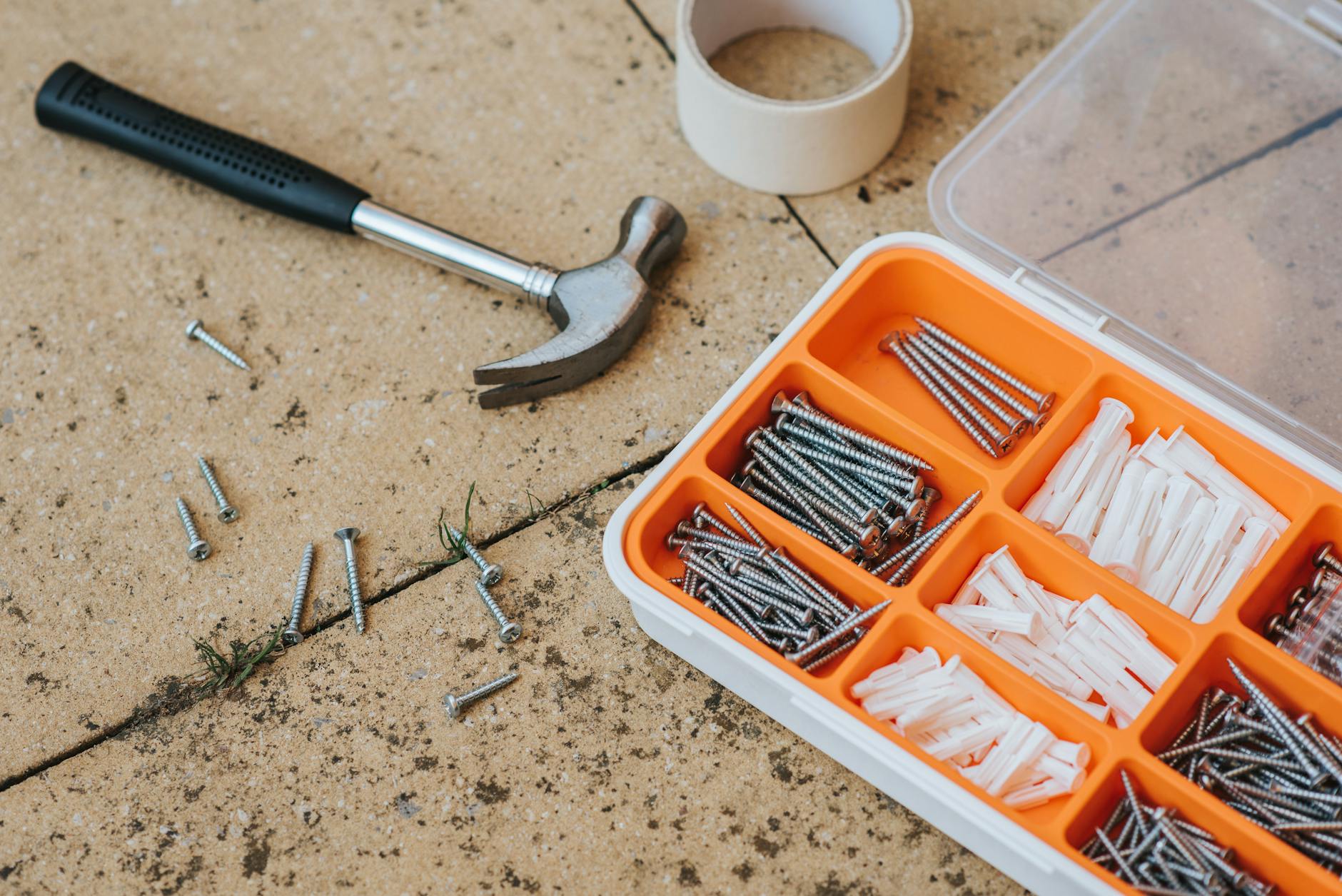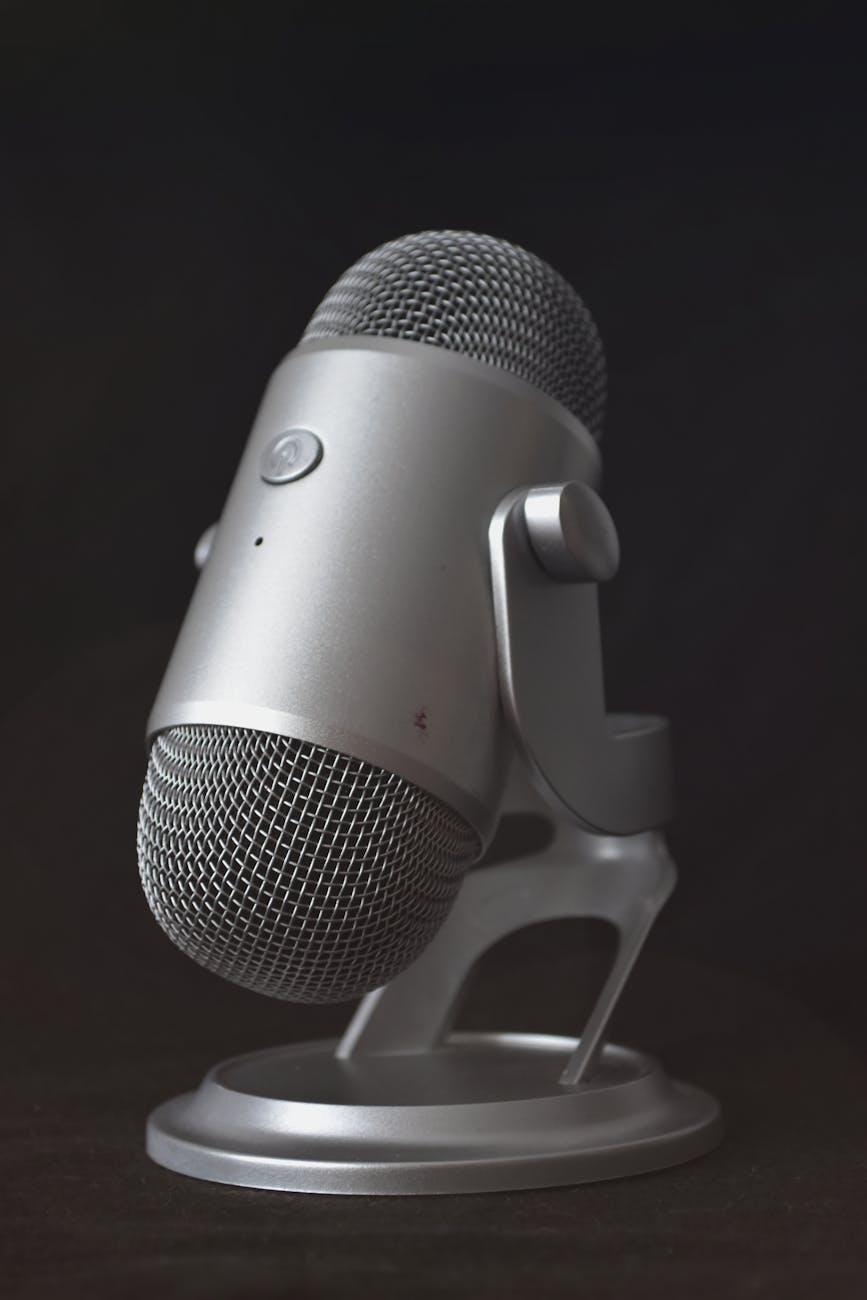Sony Unveils 3-Pound T-Series Ultra-Portable Notebook @ CHAITGEAR. This is pretty close to the perfect travel notebook. Its not the machine for everything. In fact, right now I think the dream combination is a fast and cheap desktop for office work that you can get for $1,000 or so now plus a light notebook that works on airplanes. I’m not a desktop replacement notebook kind of guy. For the office work I do machine performance isn’t much of an issue anymore. Its not like Office has gotten any faster since 1997 literally based on processor performance.
The net is that for $1870 or so, it is pretty close to the perfect machine. You have to change a bunch of things, but it is pretty good. Check “Pricegrabber”:http://www.pricegrabber.com/search_getprod.php?masterid=4762539&blsrt=1 for the latest prices.
h3. PROS
Incredibly light at 3.1 pounds. You won’t believe it, but it makes an amazing difference to go from 7 to 5 and then to three pounds. Also, the charger is very light, so it is fits just about anywhere. It connects to everything with Bluetooth, 802.11b/g, VGA output, USB 2.0 and 100Mpbs Ethernet all built in (there are no dongle required!)
I’ve had a bunch of ultraportables over the years and their achilles heel were poor screens, short battery life, and amazing amounts of hard disk swapping. The XBRITE screen on this baby has to be seen to be believed. It is cinema quality, yet you can get 5 hours of a battery life running at full power. Also, the disk is now big enough (40GB) that it doesn’t fill up.
Finally, the processor, the 1.1GHz Dothan (aka Pentium M 733) is really fast. At full bore, it is the equivalent of a 2GHz Pentium 4 and with 512MB of memory, you don’t swap all the time when running Office plus Outlook.
h3. CONS
Nothing that can’t be fixed, but it is aggravating, you have to reformat the hard drive, because Sony takes 5GB away for system recovery and the default screen fonts are way too small. Also, you need to buy a $20 PCMCIA card that has CF/MMC/SD card reader. Beware though that some cards won’t work with 1GB MMC cards. For instance I bought one from “Inside Computer”:http://shop.store.yahoo.com/insidecomputer/pcmciaproducts.html and the Sony didn’t recognize the controller. On another Toshiba, it recognized the card, but wouldn’t read a 1GB card. I’m going to try a “Sandisk”:http://www.sandisk.com/retail/pca.asp 6-in-1 for $40 next to see if it works better.
Finally, the thing really should have a dedicated DVD chip so you don’t have to boot Windows to watch a DVD. Some of the newer laptops do this. Some documentation said it did, but I can’t find it. Finally, 40GB is a little small if you store all your music on it (but that is what an iPod is for :-).
In any case, it is a great machine, but it is a little tricky to get setup just right. Here is what I did:
* The default installation only gives you 35Gbytes and has a partition that is 5Gbytes that is hidden. So you when you start, you have to create six CDs and this takes about 30 minutes.
* Then you insert the first CD and blow away the whole installation and then you reformat the drive so it uses the entrie 40Gbytes. I tried BTW to use PartitionMagic to just expand the partition and that was a disaster, so this is the simpler route.
* Then you get to spend an hour reinstalling everything to get the same installation as before. It isn’t hard, but you swap lots of CDs back and forth.
* Now, you need to make the fonts and things bigger because they are truly microsized. Right click on the desktop and choose Large Fonts as the default as well as in the Advanced section using ClearType. This makes it much more legible. Then you have to go through the desktop scheme and blow up the icon fonts, the menu fonts. I pushed them to 11 points and things are better. Finally, you need to go to the cursor pointer schemes and change that to extra large.
* Next thing is that the power management isn’t quite right. You need to fix this by changing to VAIO Max Battery and making it a little brighter. This means that when you are on battery, it goes to low power mode in the processor. Also, turn off modem (who ever uses that anymore). The 802.11 also uses power, so I often will turn that off as well, unless I’m in range. If you do this, battery usage goes from 3.5 hours to more like 5 hours running continuously.
BTW, if you absolutely must have a larger hard drive, you can splurge and get an 80GB 4200 RPM drive for about $135 right now. Check Pricegrabber for the Toshiba “MK8025GAS”:http://www.pricegrabber.com/search_getprod.php?masterid=986505&blsrt=1
Sony Vaio T140P/L
Published by
on
Hello,
I’m Rich & Co.
Welcome to Tongfamily, our cozy corner of the internet dedicated to all things technology and interesting. Here, we invite you to join us on a journey of tips, tricks, and traps. Let’s get geeky!
Let’s connect
Join the nerds!
Stay updated with our latest tutorials and ideas by joining our newsletter.
Recent posts
Loading Mastodon feed…






2 responses to “Sony Vaio T140P/L”
I have some further info. The drive is referred to as an ’embedded drive’ and it’s 1.8 inch… Here’s a replacement I found:
http://www.drivesolutions.com/cgi-bin/shop/uvstore.cgi?command=listitems&kind=dupgrd5&comptype=sol1905&pos=0&type=itemid&itemid=lu32
It’s $185…
I found your site re the T140P. I have one of these machines and I’m very happy with it. I was intrigued by your idea for freeing up 5GB, but I instead decided to buy a new hard drive. I followed your link to the Toshiba drive, but then ended up buying a different 2.5 inch drive.
after ghosting the image onto the new drive and disassembling the laptop, I was disappointed to find that this machine does not use a standard 2.5 inch hard drive like the Toshiba you referred to. Fortunately, the drive only cost me $90, and I’ll just hang onto it until one of my others fail. THis is not a 2.5 inch drive… my guess is that it’s a 1.5 inch drive. The interface is not a standard IDE type connector, either. At this point I don’t know if I can buy a replacement drive for this through normal channels… I don’t see any form factor smaller than 2.5 inch at NewEgg.com …
I just wanted you to be aware of this so that you can update your site… I’d be curious to know if you’ve upgraded the hard drive on your machine, and if so, what did you buy?
Thanks.